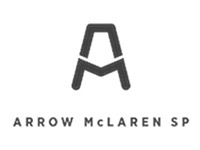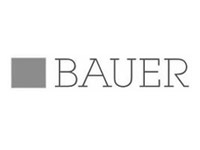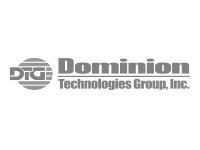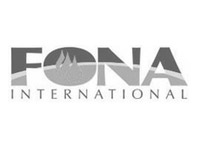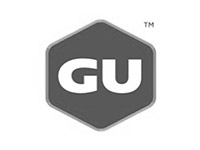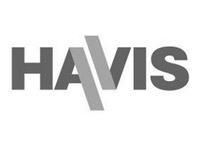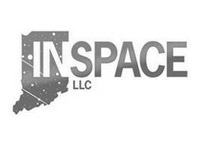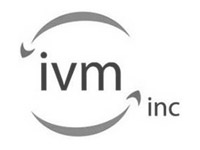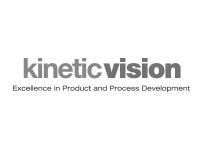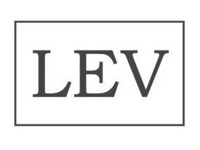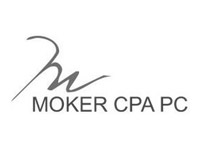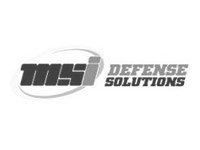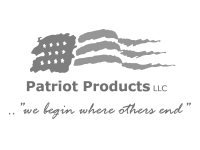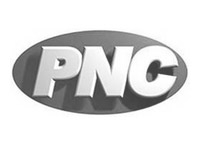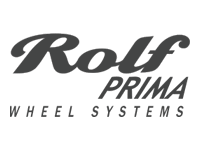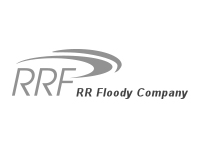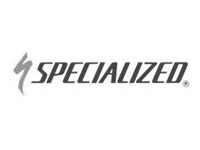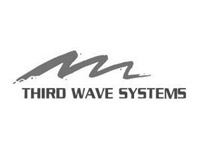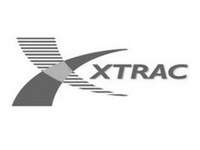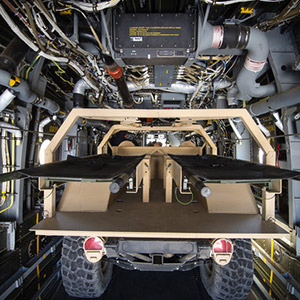Commercial Real Estate
Cost Segregation for Commercial Real Estate
Commercial real estate is made up of several types of buildings and properties, from office buildings to car dealership and from restaurants to medical centers. Each property usually comprises intricate networks of assets, each with its own depreciation schedule such as high-tech HVAC systems and energy-saving lighting, conference rooms outfitted with the latest technology, as well as essential assets such as carpet, cabinetry, etc.
Implementing cost segregation becomes a key financial tactic for commercial real estate owners, offering a structured method to analyze this diverse asset portfolio and maximize tax benefits. This approach not only enhances the financial stability but also releases capital for future investments. The newly available capital can then be directed towards property upgrades, technological improvements, or tenant amenities, thereby increasing the property’s appeal and attracting top-tier tenants.
Cost Segregation Opportunities
Office buildings hold a wealth of hidden financial potential when viewed through cost segregation. Whether you’re overseeing a modest, single-tenant property or a large, multi-tenant skyscraper, exploring the specifics of your assets can reveal significant tax advantages.
- Office Buildings
- Retail Buildings (including shopping malls)
- Hospitality Buildings (hotels, motels, resorts)
- Industrial Buildings (warehouses, factories)
- Mixed-Use Buildings (combining residential, commercial, and retail functions)
On average, accelerating the depreciation on 10% to 30% of the capitalized costs is typical. The type of commercial real estate, its amenities, the quality of its finishes, and the extent of site improvements all play roles in determining this percentage.
Cost Segregation for Commercial Real Estate
$2M
Office building acquisition in 2022
24%
Property identified to reclassify for shorter depreciable lives.
$427k
Depreciation increase in first 5 years of ownership compared to the standard depreciation without a study
$175k
Additional cashflow over the first 5 years of ownership
$158k
In Net Present Value of Tax Deferral in the first 15 years based on a 7% rate of return
Hull & Knarr Experience
01
FEASIBILITY


Estimate of potential benefits for specific buildings. Our team identifies the property owner’s tax position and significant property characteristics to estimate study benefits.
02
GATHER


Next, our team collects documents like appraisals, property condition reports, ALTA surveys, closing purchase documents, blueprints, vendor reports, and/or construction documents.
03
ANALYSIS


After the standard data collection, we we conduct an on-site tour, examine relevant documents, classify cost information, including personal property and land improvements.
04
Arrive


At this point, we create a comprehensive report, including study results, methodology, property photos, and tax law support. This report becomes the basis of your audit defense.
Featured Projects

